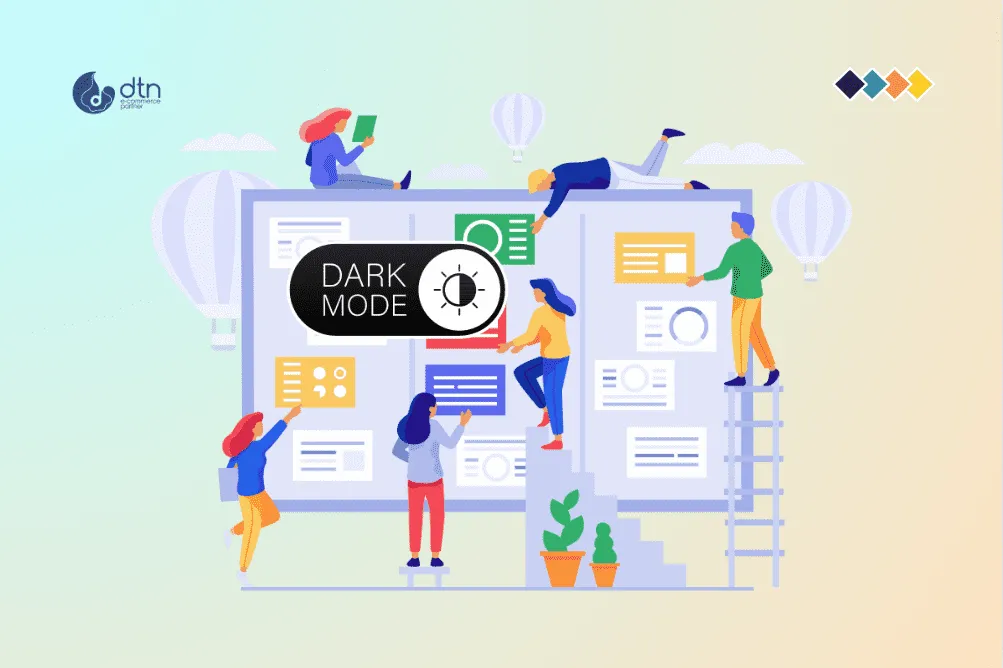The world of web design is constantly evolving, with user experience taking center stage. One trend that has taken the internet by storm is dark mode, a visually appealing and user-friendly interface that offers a stark contrast to the traditional white backgrounds. While initially popularized by social media platforms and messaging apps, dark mode’s appeal has extended to the realm of ecommerce websites, proving to be a valuable tool for enhancing user experience and driving conversions.
Table of Contents
Why Dark Mode is the New Black for Ecommerce
The adoption of dark mode in ecommerce isn’t simply a matter of aesthetics. It’s a strategic move driven by numerous benefits:
- Improved User Experience: Dark mode reduces eye strain, especially in low-light environments, leading to a more comfortable browsing experience. This is particularly relevant for users spending extended periods online, making it a compelling feature for ecommerce websites.
- Enhanced Visual Appeal: A dark background provides a clean and modern aesthetic, allowing products to stand out with increased clarity. The contrast between dark and light elements creates a visually pleasing experience, enhancing the overall appeal of the website.
- Reduced Energy Consumption: Dark mode utilizes less battery power on mobile devices, which is a significant advantage in a world increasingly reliant on smartphones. This is particularly appealing for mobile-first shoppers who spend a considerable amount of time browsing products on their devices.
- Increased Accessibility: Dark mode can improve accessibility for users with visual impairments by reducing glare and increasing the contrast between text and background, making it easier to read and navigate.
- Enhanced Brand Perception: Integrating dark mode showcases a brand’s commitment to user-centric design and technological advancements, enhancing its modern and sophisticated image.

Implementing Dark Mode: A Comprehensive Guide
The integration of dark mode into an ecommerce website is a relatively straightforward process that can be achieved through various approaches:
- CSS-Based Approach: The simplest and most widely used approach involves using CSS to define two distinct stylesheets – one for light mode and one for dark mode. A toggle button or automatic detection of user preferences can then switch between these stylesheets, providing a seamless user experience.
- JavaScript Frameworks: For more complex implementations, JavaScript frameworks like React, Vue.js, or Angular can be utilized to manage the switching between light and dark mode. This approach offers greater flexibility and allows for dynamic changes based on user interactions or device conditions.
- Pre-built UI Libraries: Several UI libraries, like Material UI or Bootstrap, provide ready-to-use dark mode components, simplifying the integration process and saving development time.

Key Considerations for Successful Dark Mode Integration
- User Interface Design: Pay careful attention to the design of the user interface in dark mode. Ensure that text and buttons are legible and that the overall layout remains user-friendly. Consider using light accents on a dark background to create visual interest and guide the user’s eye.
- Image Optimization: Ensure that product images look appealing in both light and dark mode. Consider adjusting the image contrast or applying a subtle overlay to enhance their visibility on dark backgrounds.
- Accessibility Testing: Conduct thorough accessibility testing to ensure that all users, including those with visual impairments, can easily navigate and interact with the website in dark mode.
- Mobile Responsiveness: Optimize the dark mode experience for mobile devices, ensuring that the layout and functionality remain consistent across different screen sizes.
- User Feedback: Seek feedback from users to gather insights on the usability and effectiveness of the dark mode implementation. This feedback can help you refine the design and improve the user experience over time.

Conclusion
Dark mode has become a standard feature in the digital world, offering numerous benefits for ecommerce websites. By embracing dark mode, businesses can enhance user experience, improve brand perception, and drive conversions. With careful planning and implementation, dark mode can be a powerful tool to elevate your ecommerce website and attract a wider audience in the years to come.
Frequently Asked Questions
We’ve compiled a list of answers to common questions.
What are the main benefits of implementing dark mode on e-commerce websites?
Dark mode offers several benefits, including improved user experience by reducing eye strain, enhanced visual appeal, reduced energy consumption on mobile devices, increased accessibility for users with visual impairments, and enhanced brand perception by showcasing a commitment to user-centric design and technological advancements.
How does dark mode improve the user experience on e-commerce websites?
Dark mode reduces eye strain, especially in low-light environments, making browsing more comfortable for users who spend extended periods online. It also improves readability by increasing the contrast between text and background.
What are some methods for integrating dark mode into an e-commerce website?
Dark mode can be integrated using a CSS-based approach with separate stylesheets for light and dark modes, JavaScript frameworks like React, Vue.js, or Angular for more complex implementations, or pre-built UI libraries such as Material UI or Bootstrap for simplified integration.
What key considerations should be taken into account when implementing dark mode?
Important considerations include ensuring legibility of text and buttons, optimizing product images for both light and dark backgrounds, conducting thorough accessibility testing, optimizing for mobile responsiveness, and gathering user feedback to refine the design and improve the user experience.
How does dark mode impact mobile device battery consumption?
Dark mode utilizes less battery power on mobile devices, which is particularly beneficial for mobile-first shoppers who spend considerable time browsing products on their devices. This energy-saving feature enhances the overall mobile browsing experience.



